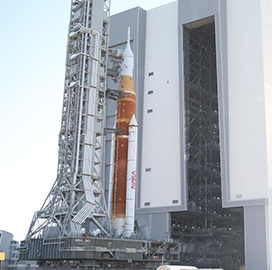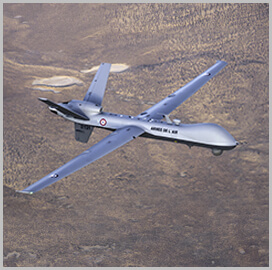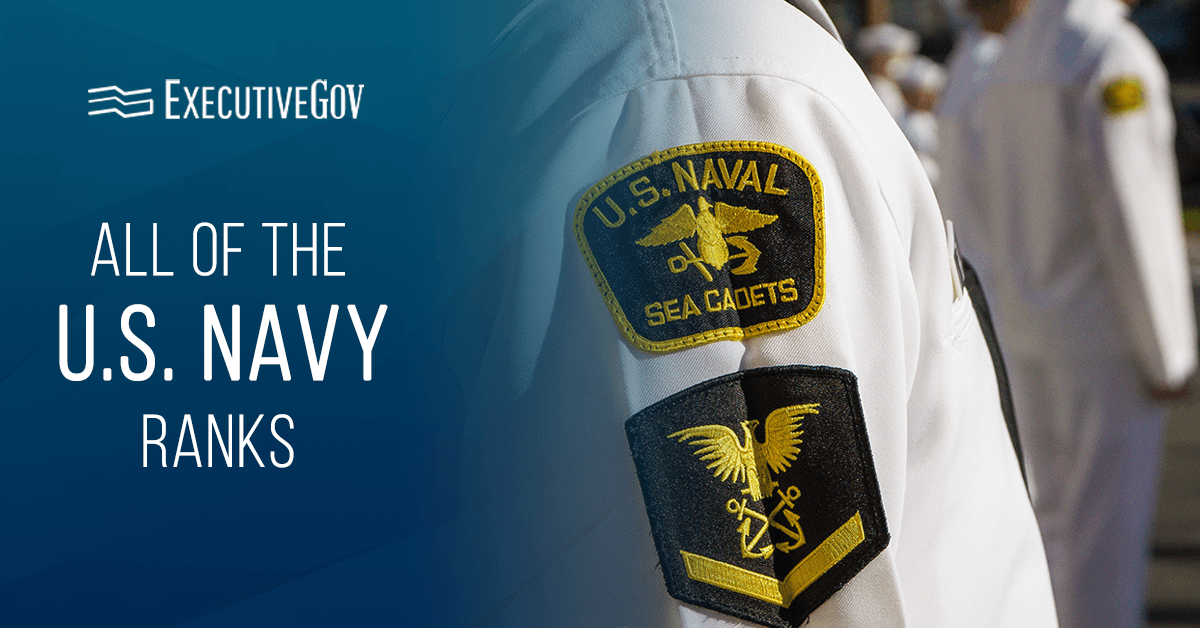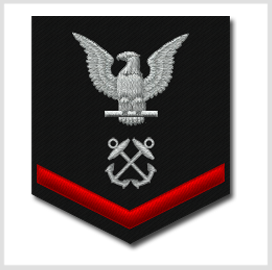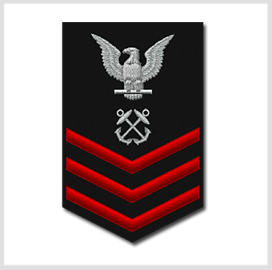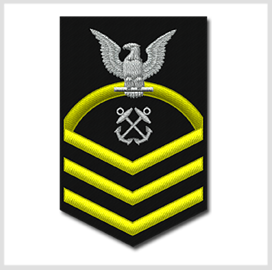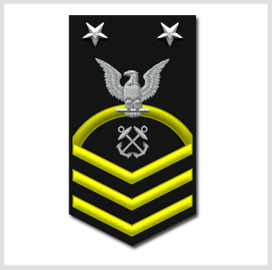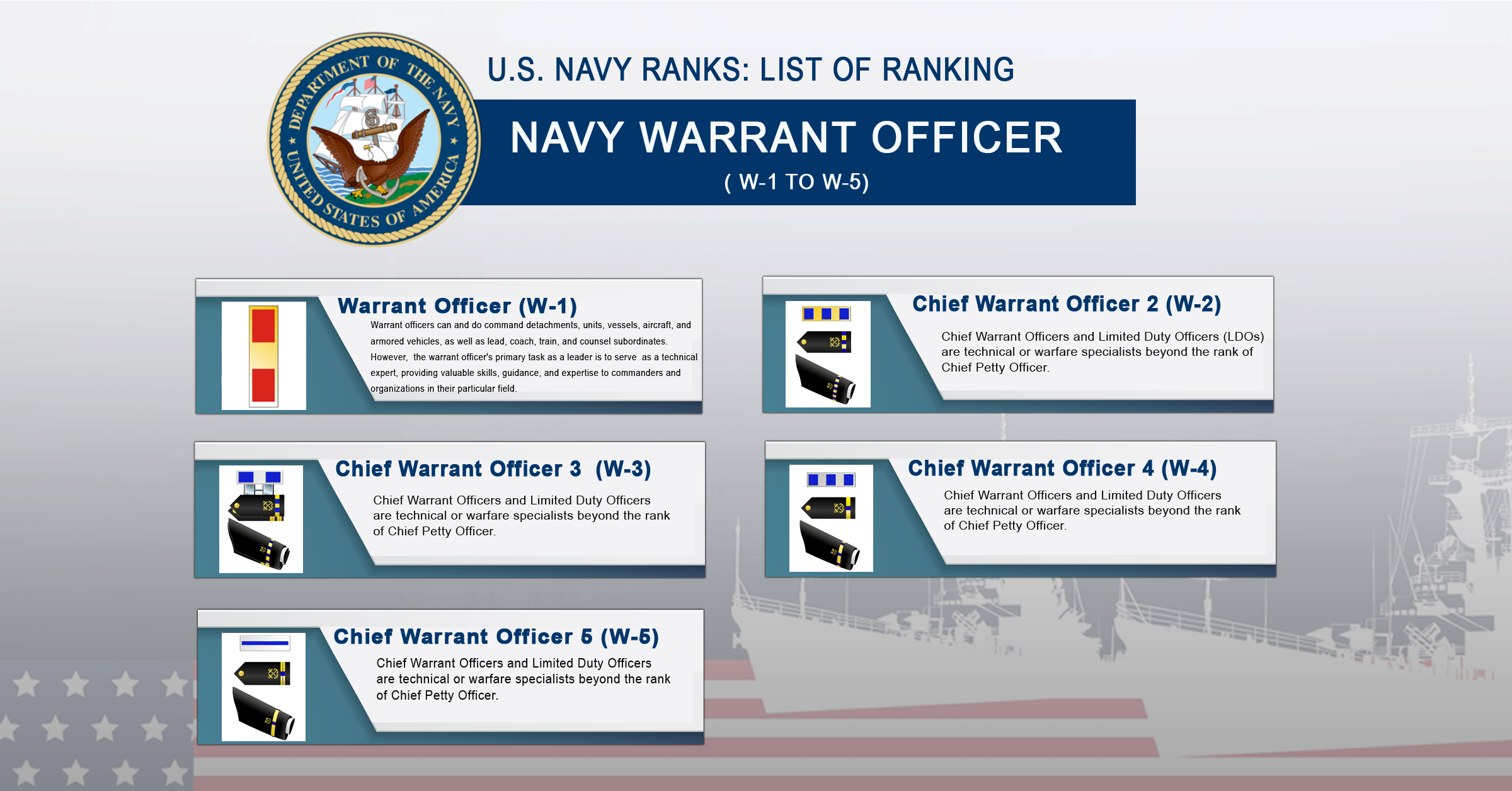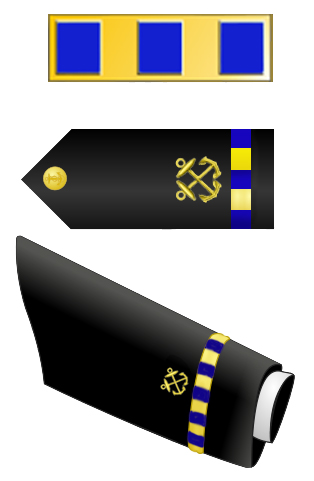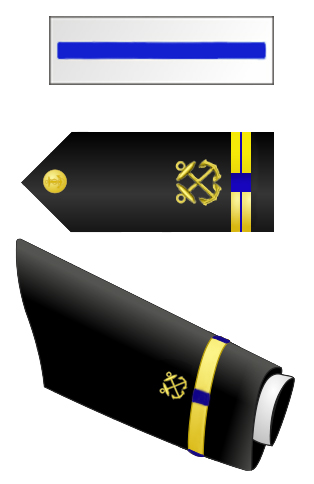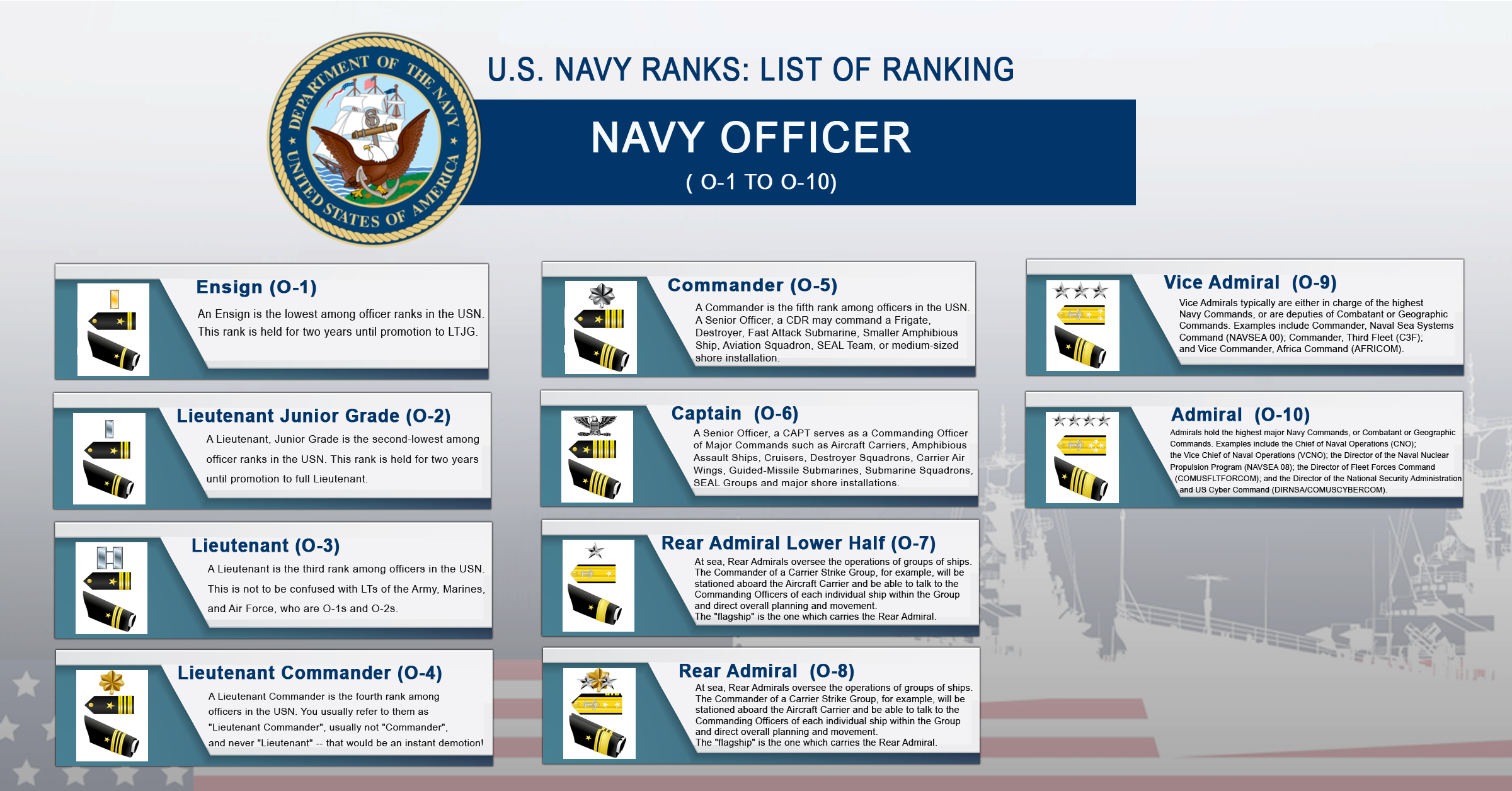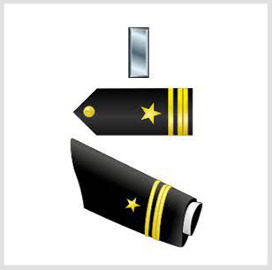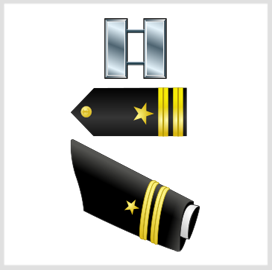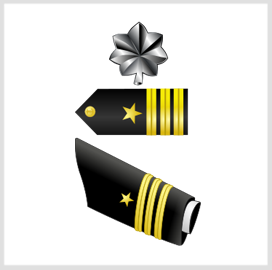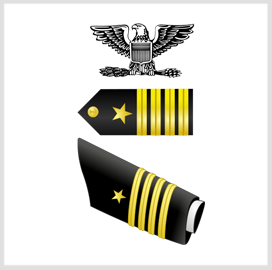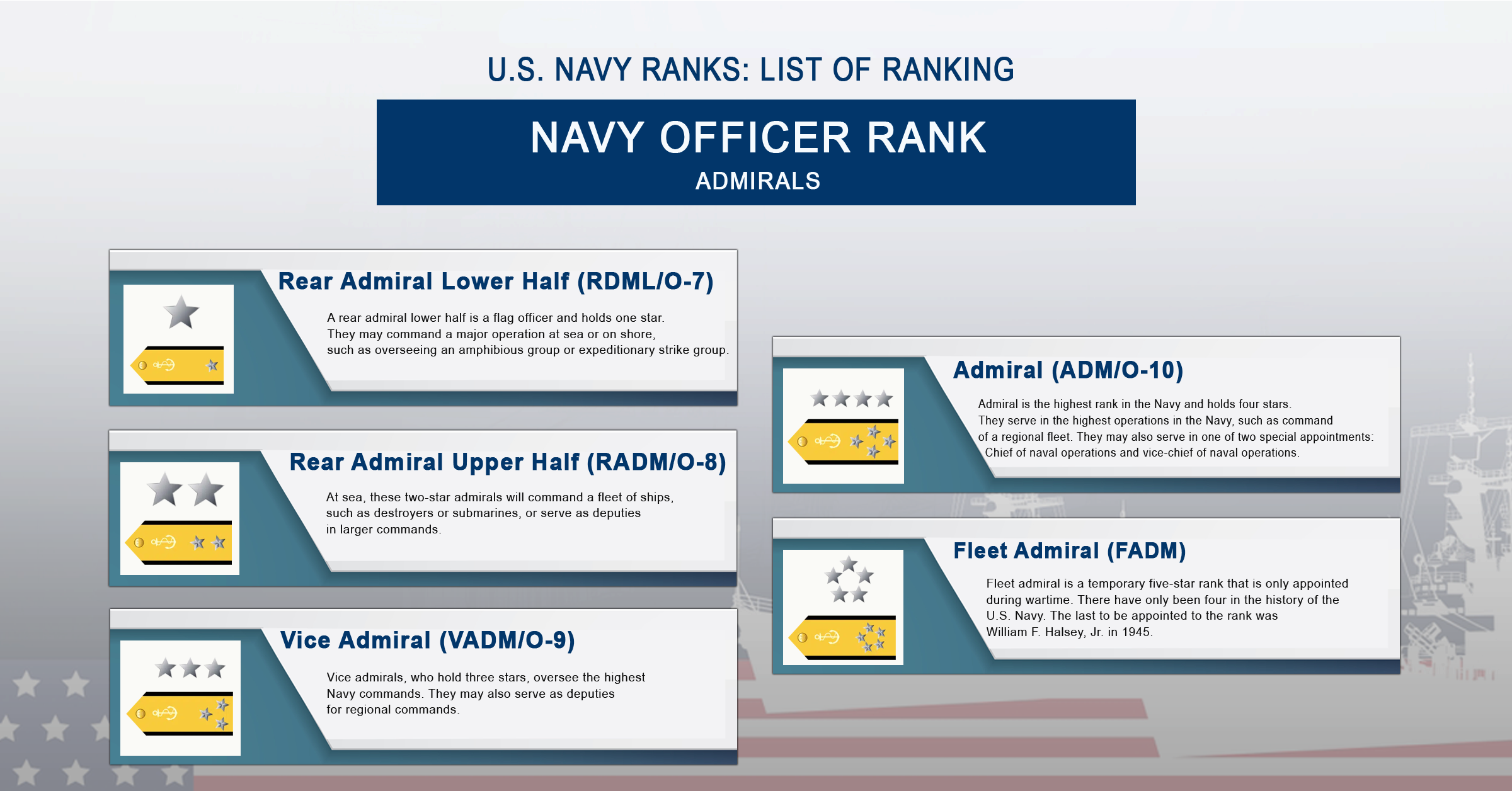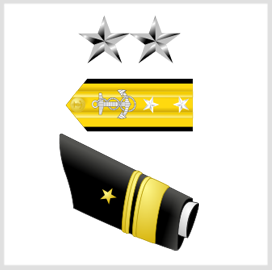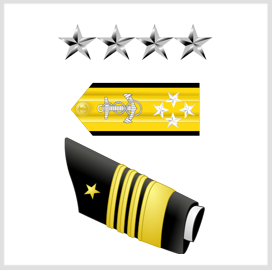Steven Schleien, former chief operating officer at the Office of the Under Secretary of Defense for Policy, took on a new role in the same office as deputy assistant secretary for defense continuity and mission assurance, according to his LinkedIn post published Sunday.
Schleien will lead an organization that provides support to Department of Defense leaders to ensure mission essential functions can continue even in the event of an asymmetric military threat or a natural hazard.
He will also lead the team in establishing partnerships with other federal agencies and companies to increase the resilience of external systems that support defense operations.
In his previous role, Schleien served as the primary adviser to the head of OUSDP and held responsibility over its organizational management processes and support functions,
He initially worked at OUSDP from 1994 to 2007 and was promoted to the COO post in October 2015 after serving as deputy COO. His other prior roles within DOD included principal director for cyber policy and the director for transnational threats policy.
Schleien received his Senior Executive Service appointment in April 2010.



